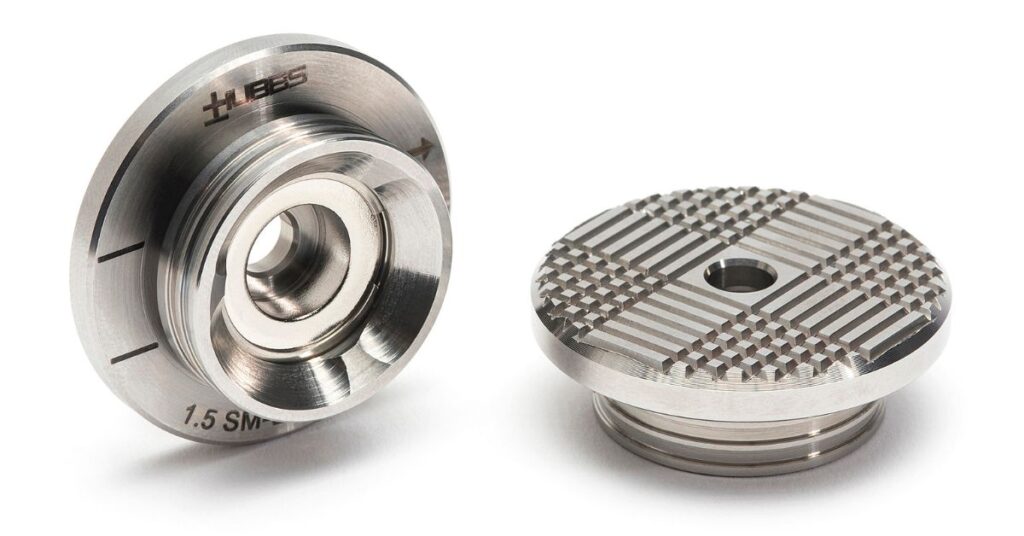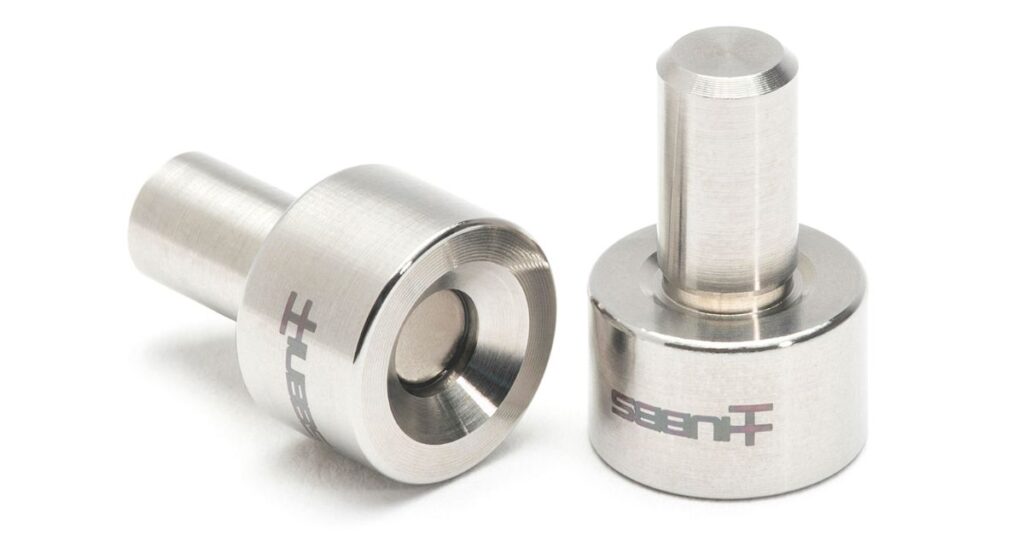
Imagine a production line where every millimeter counts, and a minor misalignment could result in thousands of dollars in delays or rework. Precision is the backbone of progress in today’s modern manufacturing industries.
For decades, manual tool alignment carried the weight of this responsibility, but its reliance on human judgment has clear limits. This sheds light on laser tracking technology, a revolutionary solution redefining how industries achieve precision and efficiency.
Examine why laser tracking is better than manual tool alignment. Laser tracking offers benefits, from superior accuracy to faster results and long-term savings, that manual methods simply can’t match. Discover how this advanced technology is setting new standards and driving progress across industries.
Manual tool alignment relies on traditional techniques, including mechanical indicators, gauges, and visual inspections. These techniques require skilled technicians to position and align equipment.
This hands-on process is time-intensive, involving physical contact with measurement surfaces, multiple tool setups, and iterative adjustments. Despite achieving reasonable accuracy in the hands of experienced operators, manual tool alignment is prone to variability due to operator expertise and environmental conditions. As a result, this process becomes less efficient in meeting modern precision demands.
Laser tracking technology uses precision laser interferometry to measure position and orientation with exceptional accuracy, surpassing traditional manual methods. Tracking retroreflective targets provides real-time coordinate data for precise alignment tasks.
Modern systems integrate advanced software platforms for streamlined data collection, analysis, and reporting. They also support accessories like 1.5 laser tracker sphere mounts to enhance measurement capabilities for specialized applications. With the ability to track multiple targets simultaneously and deliver instant feedback, laser tracking is a significant leap forward in alignment technology.
Laser tracking systems reduce alignment time compared to manual methods. While manual alignment might require hours or days for complex assemblies, laser tracking can complete similar tasks in minutes or hours. This gain in efficiency translates directly to increased production capacity and reduced operational downtime.
The technology eliminates many time-consuming manual steps, including repeated setup procedures, multiple measurement cycles, and extensive documentation requirements. Automated data collection and real-time feedback enable technicians to make immediate adjustments, reducing the iterative nature of traditional alignment processes. This streamlined approach allows manufacturing teams to maintain production schedules while achieving superior alignment quality.

Laser tracking delivers measurement accuracy that consistently exceeds manual methods by significant margins. While skilled technicians might achieve accuracies within several thousandths of an inch, laser tracking systems routinely deliver measurements accurate to within micrometers or .0001-level precision. This precision advantage benefits applications with tight tolerances or complex geometric relationships.
The technology maintains consistent accuracy regardless of measurement distance or environmental conditions. Unlike manual methods that can suffer from cumulative errors across multiple measurement points, laser tracking provides absolute coordinate accuracy throughout the entire measurement volume. Reliability facilitates meeting alignment specifications to reduce quality variations and improve product performance.
Human error is a big challenge to overcome in manual alignment processes. Operator fatigue, visual limitations, and subjective interpretation of measurement results can introduce inconsistencies that negatively affect the quality of alignment. Laser tracking technology minimizes these human factors by automating measurement collection and providing objective, quantifiable results.
This technology eliminates reading errors, calculation mistakes, and subjective judgment calls that commonly occur in manual processes. Automated data collection ensures measurement consistency across different operators and work shifts. Additionally, laser tracking systems provide clear visual feedback and alarm notifications when measurements fall outside specified tolerances, preventing errors from progressing through the manufacturing process.
While laser tracking systems require a higher initial investment compared to manual tools, the long-term cost benefits always justify this expenditure. Reduced labor requirements, faster completion times, and improved quality outcomes contribute to cost savings over the system’s operational lifetime.
Laser tracking technology reduces rework costs by preventing alignment errors that lead to quality issues downstream. Improved first-pass success rates eliminate the need for costly corrections and minimize material waste. Additionally, the reduced time requirements for alignment tasks allow skilled technicians to focus on higher-value activities, maximizing human resource utilization.
Laser tracking systems excel at comprehensive data collection and analysis capabilities. These systems automatically record measurement data, generate detailed reports, and maintain historical records for quality assurance purposes. Documentation supports quality certifications, regulatory compliance, and continuous improvement initiatives.
Manufacturers can identify process improvements and optimize their operations using laser tracking, which enables statistical analysis of alignment trends. Real-time data visualization enables technicians to comprehend complex geometric relationships and make informed adjustments, turning alignment into a proactive quality management tool.
Laser tracking technology offers notable environmental and safety advantages compared to manual methods. The non-contact measurement approach eliminates the need for physical access to potentially hazardous locations, reducing worker exposure to dangerous conditions. Remote measurement capability allows technicians to maintain safe distances from moving equipment or elevated work areas.
If you’re looking to reduce the environmental impact of alignment processes, laser tracking can help. It minimizes material waste and energy consumption. Improved alignment accuracy reduces the likelihood of equipment malfunctions that could result in environmental incidents. Additionally, the reduced time requirements for alignment tasks contribute to lower energy consumption and reduced carbon footprint for manufacturing operations.

Laser tracking systems demonstrate exceptional versatility across diverse industrial applications. From aerospace assembly to automotive manufacturing, these systems accommodate a range of measurement requirements and environmental conditions. The technology supports multiple measurement modes, including coordinate measurement, dimensional analysis, and geometric verification.
Professionals in the shipbuilding and power generation industries have successfully implemented laser tracking for various alignment applications. The technology scales from small precision components to large-scale industrial installations, providing consistent performance across different measurement ranges and complexity levels.
Several misconceptions surround the implementation of laser tracking technology. Some professionals believe the technology is too complex for their applications or requires specialized training. However, modern laser tracking systems feature intuitive interfaces and comprehensive training programs that enable users to achieve proficiency with ease.
Another common misconception is the belief that laser tracking is only suitable for high-precision applications. The technology provides value across various precision levels, offering benefits in applications where extreme accuracy is not required. The efficiency gains and reduced potential for human error make laser tracking beneficial for many standard manufacturing alignment tasks.
Achieving unmatched precision and efficiency in alignment tasks calls for expert solutions. At HUBBS, we are committed to delivering cutting-edge metrology tools and services that set new benchmarks for quality and reliability. Our innovative solutions demonstrate why laser tracking is better than manual tool alignment. Partner with HUBBS today to elevate your operations with precision-driven technologies and unparalleled expertise.
Browse our product line or contact us as any time!